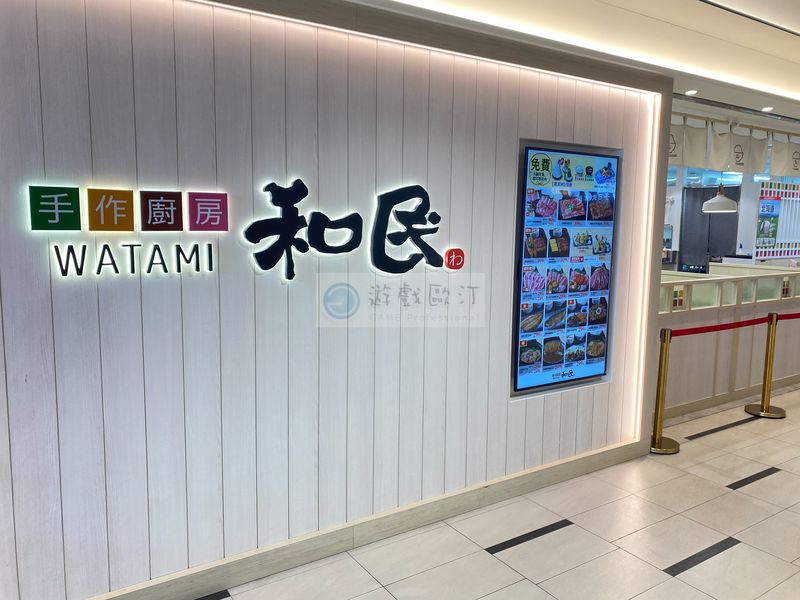日本最大的居酒屋連鎖餐廳:和民
和民(WATAMI)是日本知名的居酒屋連鎖品牌,始於1986年5月,目前已經是上市公司。當時由創始人渡邊美樹建立,設立的理念是創造一個讓顧客可以放鬆、享受美食和飲品的社交場所,並將傳統的日式料理與現代經營理念結合,打造適合不同年齡層和口味偏好的餐飲體驗。和民的餐廳設計和氛圍注重讓顧客感受到家的溫暖,同時也迎合現代都市生活中的社交需求,這使得它迅速在日本國內以及國際市場上擴展。
主要以多樣的日式料理為主,包括燒烤、刺身、壽司、天婦羅等經典菜餚。作為一家居酒屋,提供種類豐富的酒品選擇,從傳統的日本清酒、燒酒到啤酒和葡萄酒,滿足不同顧客的口味偏好。其菜單中還包括一些創新的日式融合料理,這些菜餚將西方的烹飪元素與傳統日本料理相結合,吸引大量年輕顧客。除此之外,和民的價格設定也相對親民,這讓它成為上班族、學生和家庭聚餐的熱門選擇。
目前全職員工超過3500名,兼職則近萬人。市場對和民的評價總體上呈現兩極分化。一方面,在日本國內外享有一定的品牌知名度,特別是在居酒屋文化盛行的日本,它的定位和產品符合大眾需求。其連鎖店覆蓋廣泛,幾乎在每個主要城市都能找到它的門店,這使得它成為許多消費者聚會、應酬和休閒的首選場所。許多顧客對多樣化菜單和方便的餐飲體驗給予高度的評價。他們認為和民的服務高效,菜餚口味穩定,是可以輕鬆放鬆的用餐場所。
然而,也有一些批評的聲音。隨著品牌的快速擴展,服務質量和食品質量偶爾會出現不一致的情況。部分顧客反映在不同地區的和民門店,無論是菜餚的口味還是服務的水準,經常有差異。此外,隨著餐飲業的競爭加劇,特別是日本居酒屋市場的飽和,和民作為連鎖店在某些方面失去小型傳統居酒屋所具備的那種個性化和獨特性。許多消費者更青睞那些有著更濃厚社區氛圍的小型居酒屋,而不是和民這樣的大型連鎖品牌。
該公司的國際擴展也遇到一些挑戰。雖然它在其他亞洲國家或地區如中國、台灣、香港、菲律賓等地開設多家分店,試圖將日本居酒屋文化帶到海外,但在適應當地口味和市場需求方面並不總是成功。一些外國顧客認為和民的價格相比其他當地餐廳顯得較高,並且在菜餚選擇上過於局限於日本傳統口味,難以吸引更廣泛的消費者群體。
而早年在日本傳出和民聘用兼職員工比重高,過長的工作時間及不佳的福利曾引發爭議,曾被票選為最黑心餐廳。在2009年,女員工森美菜在餐廳工作僅2個月時間就自殺身亡,其家屬提告並要求賠償,最終雙方在東京地方法院和解,和解金額達1.3億日元。當時森美菜在橫須賀市的分店上班,工作時間從下午三點到早上三點,每月強制加班約140小時,超過法律規定的80小時上限,2個月內只休息2天。在過勞死事件發生後,經過社會與論的壓力下,社長渡邊美樹在公司官網正式道歉,並表示會進行改革。當時上榜的日本黑心企業除和民外,還有大型連鎖便利店7-11。
總體來說,和民作為一個日本連鎖居酒屋品牌,憑藉其豐富的菜單、親民的價格以及便利的地點,長期以來都佔據日本居酒屋市場的龍頭地位。它的經營理念和模式雖然面臨市場競爭的壓力,但品牌知名度和穩定的顧客服務依然是它的主要優勢。隨著餐飲市場的變化,和民也在不斷調整自己的策略,嘗試在保持傳統的同時,迎合新一代消費者的需求。
Watami is a well-known Japanese izakaya (pub) chain brand that started in May 1986. Founded by Miki Watanabe, the company has since become publicly listed. Watami was created with the idea of providing a relaxed social space where customers could enjoy food and drinks. It combines traditional Japanese cuisine with modern business principles, offering a dining experience suited to various age groups and taste preferences. The design and atmosphere of Watami restaurants focus on making customers feel at home while catering to the social demands of modern urban life, which has led to its rapid expansion in both Japan and international markets.
Watami’s menu features a wide variety of Japanese dishes, including classics like grilled meats, sashimi, sushi, and tempura. As an izakaya, it offers a broad selection of alcoholic beverages, ranging from traditional Japanese sake and shochu to beer and wine, catering to different customer preferences. In addition, the menu includes innovative fusion dishes that blend Western culinary elements with traditional Japanese cuisine, which appeals to a large number of younger customers. The pricing is relatively affordable, making Watami a popular choice for office workers, students, and families looking to dine out.
Currently, the company employs over 3,500 full-time staff and nearly 10,000 part-time workers. Public opinion about Watami is somewhat polarized. On one hand, it enjoys considerable brand recognition both domestically and internationally. In Japan, where izakaya culture is deeply rooted, Watami's positioning and offerings meet the needs of the masses. The chain has a widespread presence, with outlets in nearly every major city, making it a top choice for gatherings, business meetings, and casual dining. Many customers appreciate its diverse menu and convenient dining experience, praising the efficient service and consistent food quality, which allows them to relax and unwind.
However, there have been some criticisms. As the brand expanded rapidly, inconsistencies in service quality and food standards began to appear in certain locations. Some customers have reported differences in the taste of dishes and the level of service depending on the branch. Moreover, with the increasing competition in the food industry, particularly the saturation of the izakaya market in Japan, Watami has lost some of the personalized and unique character found in smaller, traditional izakayas. Many consumers now prefer the cozy, community-oriented atmosphere of small, independent izakayas over the larger, chain-style environment that Watami offers.
Watami has also faced challenges in its international expansion. While the brand has opened multiple outlets in other Asian countries and regions, such as China, Taiwan, Hong Kong, and the Philippines, bringing Japanese izakaya culture overseas, it hasn’t always succeeded in adapting to local tastes and market demands. Some foreign customers feel that Watami’s prices are relatively high compared to local restaurants, and that the menu is too focused on traditional Japanese flavors, limiting its appeal to a broader customer base.
In its early years, Watami also faced controversy in Japan regarding its labor practices. The company was criticized for relying heavily on part-time workers, subjecting them to long working hours with inadequate benefits. In 2009, a female employee, Mina Mori, tragically committed suicide after working at a Watami restaurant for only two months. Her family filed a lawsuit, citing excessive working hours and harsh conditions. The case ended in a settlement in the Tokyo District Court, with Watami agreeing to pay ¥130 million (approximately $1.2 million USD). At the time, Mori had worked at a Watami branch in Yokosuka, where her shifts ran from 3 PM to 3 AM, with mandatory overtime of about 140 hours per month—well above the legal limit of 80 hours—and she had only two days off in two months. Following public outcry over the overwork-related death (karoshi), company president Miki Watanabe issued a formal apology on the company’s website, pledging reforms. Other major companies, including the convenience store chain 7-Eleven, were also listed as blacklisted employers during this period.
In conclusion, Watami has long been a leading brand in the Japanese izakaya market, thanks to its diverse menu, affordable pricing, and convenient locations. Despite facing challenges in maintaining service consistency and dealing with labor controversies, Watami’s brand recognition and reliable customer service remain its key strengths. As the dining industry evolves, Watami continues to adapt its strategies, balancing tradition with the needs of a new generation of consumers.

.jpg)
.jpg)
- 1
- 2
- 3
- 4
